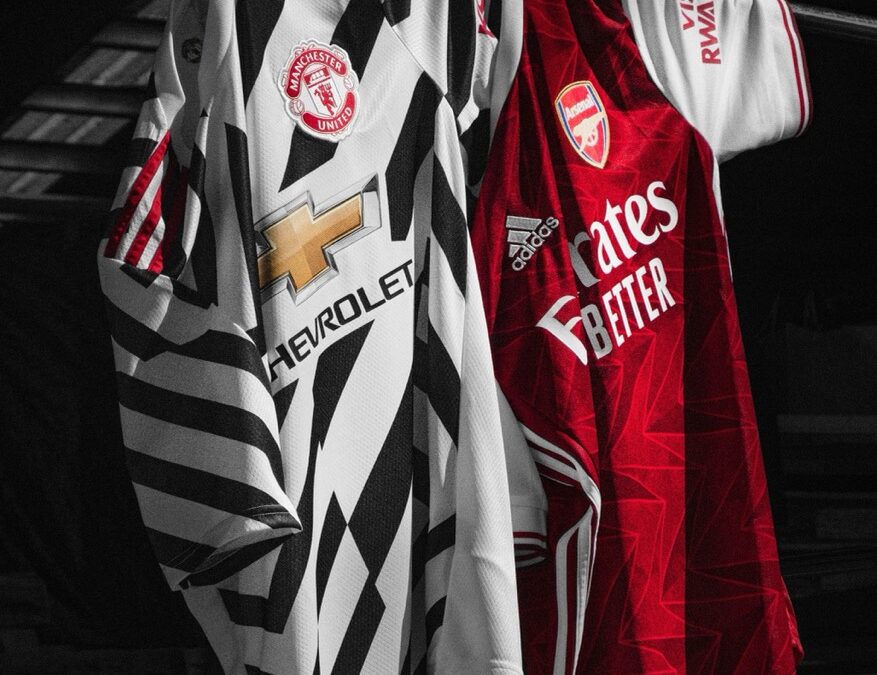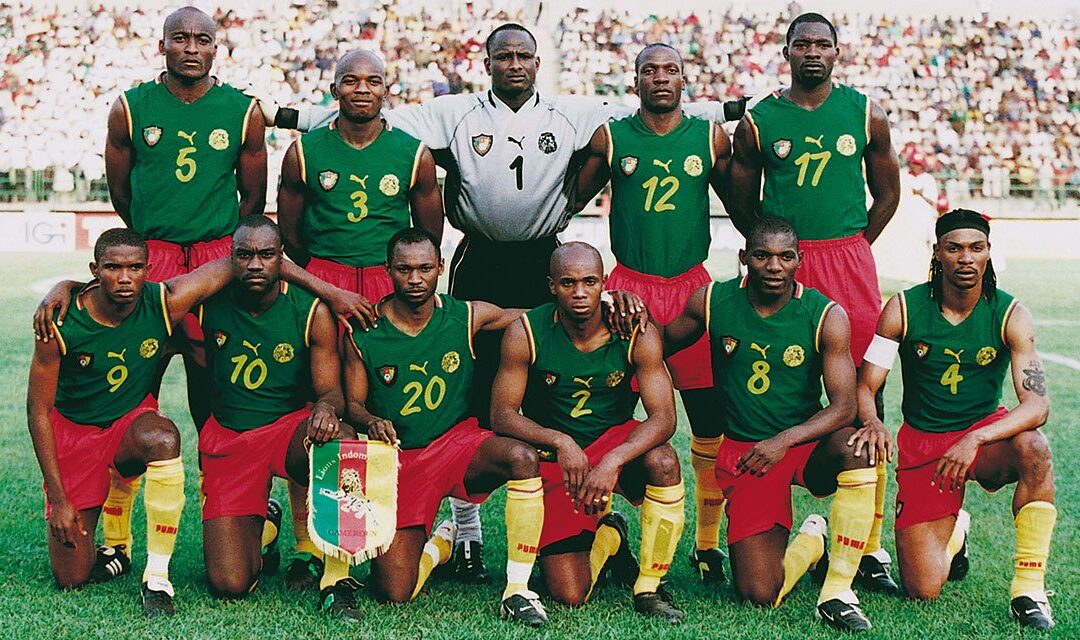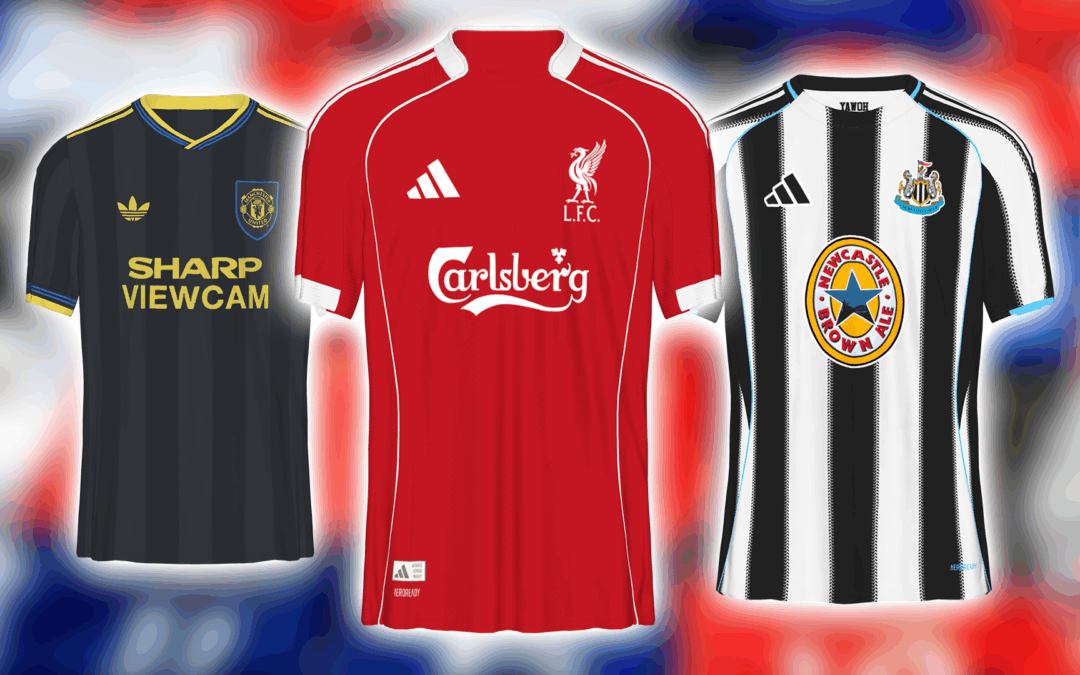The Republic of Marshall Islands Soccer federation is the final national team of the world’s recognised nations still yet to make their official match debut.
Matías Otero, 43, is a graphic designer from Uruguay and is now based in Argentina. Otero designed the Marshallese 2030 #NoHome Jersey, guided by hope that the football world can move away from fast fashion.
PlayStyles found out more about who he is and what the shirt means:
PlayStyles (PS): Matías, tells us more about you.
Otero: My name is Matías Otero. I’m a 43 year old Graphic Designer, born in Montevideo and based in Córdoba Province, Argentina since 2008. I’m married to Andrea and have two kids: Julieta 14, and Felipe 9. I love to draw and sometimes I paint. I’ve recently started watching anime again, this time with my kids, and I love dinosaurs!
PS: How long has football been in your life and what does it mean to you?
Otero: In Uruguay almost everybody cares about football. I remember drawing how I would like the shirts for my favorite teams to look in the 1994 World Cup. I was not a great football enjoyer through my youth until Uruguay came up 4th at the 2010 World Cup. That’s when the “Fuego Sagrado” lit back up.
PS: Who do you support and would you like to design a shirt for them? Or any other team, for that matter?
Otero: I’m a Defensor Sporting Supporter. I would love to design a shirt for them. I have something in mind, and I will send it to them to see if they like it. I have a couple of more projects floating around, quite far from becoming reality.
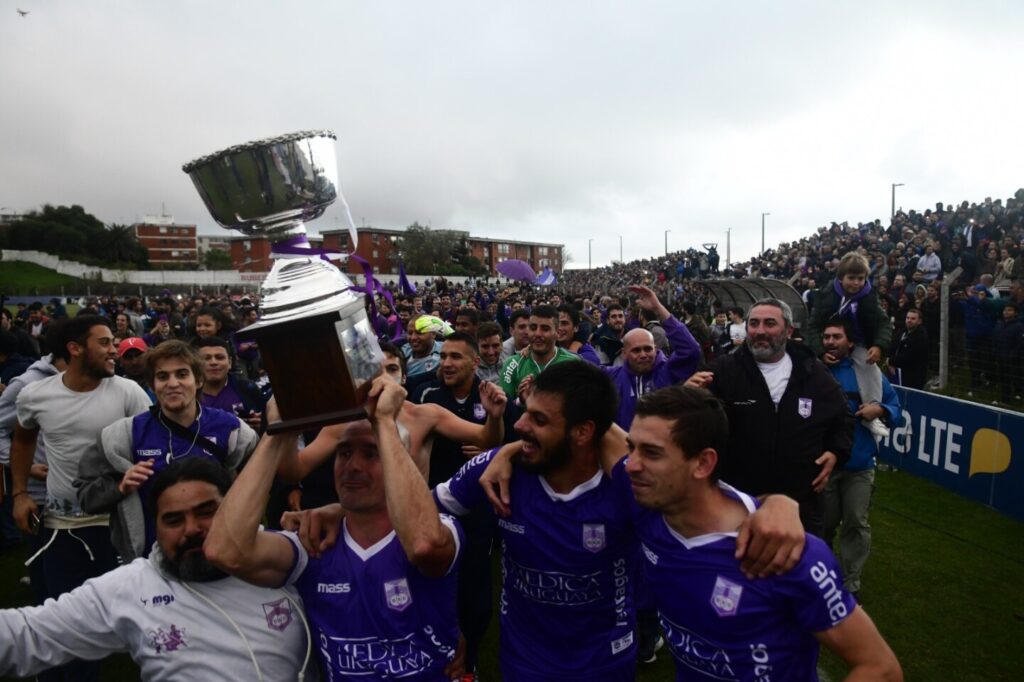
Photo: El País Archive
Otero recently designed the new shirt for English Sunday club Priddy’s Hard FC, who compete in the Gosport, Fareham & Solent Football League. When talking to PlayStyles, he cited a strong and passionate drive towards building a portfolio of shirt designs being anchored upon prideful ambitions to see his work become real.
PS: How did the opportunity come about to design the #NoHomeJersey?
Otero: Back in 2023 the recently founded Marshall Islands Soccer Federation organized a contest to design their #FirstKit. It was presented as the first kit for the last nation on earth without a football team.
I submitted 3 designs and one made it to the final four, for the people to vote. My shirt ended third, but Matt Webb, the head of marketing of the Federation contacted me showing interest in the design, and we have stayed in touch since then. Taking inspiration from the brand Ezeta, I realized that I could add more details to the drawings, so I redrew all the elements but kept it faithful to the original concept.
Once we were satisfied with the result, we sent the files to PlayerLayer and they did a wonderful job getting the right colours and materials (all recycled, of course).
PS: It’s a beautiful shirt, talk us through the design.
Otero: Thank you. I looked for information about the islands and it was a shock to learn about their harsh history and difficult current situation, but also a joy to see how they manage to thrive in such a beautiful and rich environment.

I decided what I wanted to be included (Shark, Outrigger boat, Marshallese Fan, Coconut Crab, Bobby Brown, Blue Whale, Green Turtle and the Plumeria Flower). The design includes portraits of the iconic fauna, flora and culture of the islands and a white and orange sash that’s part of the Marshall Islands flag. To be able to include any form of artistic expression in a football shirt, for me, is a plus.
PS: How is the shirt relevant to climate change?
Otero: Each time a new picture was posted on social media a piece of the shirt was cut off with care and precision. This represents the imminent problem that global warming and the rising of the sea level pose to the island Nation: it will disappear by 2030 if no action is taken.
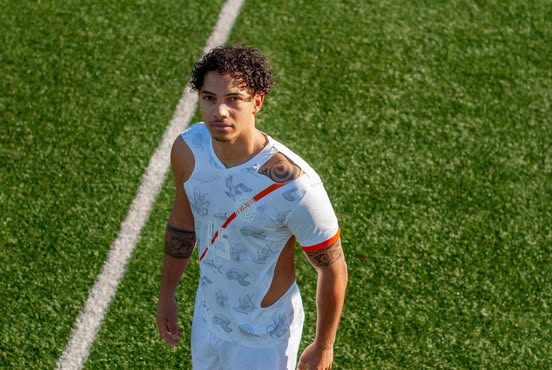
PS: How important is climate change awareness to you?
Otero: The world has been talking about the greenhouse effect and the importance of preserving the ecosystem and biodiversity since the late 90s.
Honestly, I feel that I have not done enough as an individual to tackle these issues, but at least now I can help to bring awareness of how the rise of the sea level is affecting this group of islands in the Pacific. I could not believe that some people still think this is not happening.
PS: What changes need to be made within the football world to counter climate change?
Otero: Most big football brands have been including recycled materials in their manufacturing process for at least the last 5 years; that’s a good sign. PlayerLayer, the English manufacturer that produced the Marshall Island kit, goes the extra mile by ensuring their suppliers use only sustainable fabrics and process and even experiment with alternative materials like leftover coffee grounds or bamboo charcoal.
Another good trend that a couple small clubs, like Brentford and Athens Kallithea, have started is to stretch the use of their shirts for two seasons, instead of launching four kits per year. Stopping the thinking of football kits as fast fashion is crucial.
Last but not least, kits should be used as a medium to spread the word about social or environmental struggle that a community faces in their everyday lives, could be huge. I hope this shirt helps the Marshallese and set a strong precedent, to be replicated everywhere needed.
It won’t be long before we finally see the Marshall Islands football team in action, courtesy of an upcoming small tournament founded by Kickstarter. You can read more about the tournament here.
You can also find another interview regarding an obscure island nation on PlayStyles, as we focus on Anguilla.
Featured image via Marshall Islands Soccer Federation

